
The mere mention of Irish hairstyles stirs up images of lasses with scarlet hair, green eyes and fair complexions. Some Irish hairstyles mix tradition with contemporary tastes, such as the modern bride who weaves lavender into her braids. Some time-honored Irish hairstyles include new twists, such as the Irish dancers who use wigs instead of spending hours maintaining curly tresses. Another example of an Irish hairstyle is the shaven forehead historically used by monks.
Brides
Superstitions and yearnings for good luck govern some of the choices of Irish bridal hairdos. Irish tradition calls for the bride to place spices or herbs in her hair to chase away demons, according to the Wedding Themes website. These same herbs, spices and fragrant blooms—such as English lavender and rosemary—are inserted into a bridal wreath that is placed atop the girl's head. Braids are popular among Irish brides, so these flowers and aromatic plants are easily woven into the braided locks if the bride opts to not wear a veil or floral headdress. However, an Irish bride is forbidden to fix her own veil because this act of self-efficacy will bring her bad luck, says the Your Irish website.
Dancers
Female Irish dancers traditionally wear their hair in spiral curls known as Shirley Temple curls. Wigs offer a tradeoff for girls who don't want to spend hours with their tresses tightly wound in curlers, says the Shandon Irish Dancers website. Rollers interfere with sleeping and produce lopsided and unpredictable results. At the same time, artificial hair is more expensive, loses its luster over time and can seem overdone when used by smaller, younger performers. Girls who prefer their own natural curls rely on foam rollers or rags to achieve the springy ringlets. A head of curls requires up to 120 curlers, according to the online article "Irish Step Dancing: Curling Hair the Irish Way." The two-day process starts with a shampoo on a Friday so the hair can be rolled on Saturday.
Monks
Irish monks adopted a distinctive hairstyle during the fifth and sixth centuries. During these early Medieval times, Irish monks shaved their heads above their foreheads. This was a noticeable change from the common Roman practice of shaving the top of the head but leaving behind a halo effect that was symbolic of Christ's thorny crown, says the online article "Trip Atlas: Celtic Christianity." Irish monks used this hairstyle--known as a tonsure--to differentiate themselves from warriors or peasants, as well as to set themselves apart from their Roman counterparts. Independent Irish churches gradually abandoned the unusual monastic haircuts in favor of the Roman preference that the hair be shaved to form a circle or crown.
Related Articles

Who Invented Hair Weaves?

Types of Afros
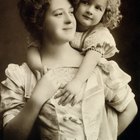
How to Make Gibson-Girl Hairdos
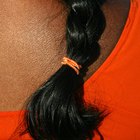
How to Make Hair Extensions Wavy

French Braids History

Chemical Curls for African Americans

How to Perm Curl the Roots of Hair

Traditional Spanish Hairstyles

Black Hairstyles of the 1800s
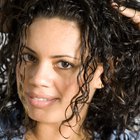
How to Change from a Relaxer to a Perm
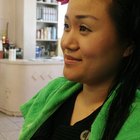
How to Get Hair Ready for Braids

Types of Hair Used in Quick Weaves
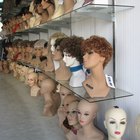
Types of Synthetic Hair

Steps for the Straw Set Method of ...
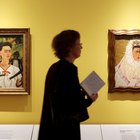
How to Make Frida Kahlo Braids
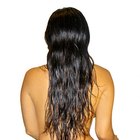
How to Go from a Perm to Natural Black ...
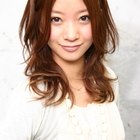
How to Relax a Perm With Home Remedies

How to Curl Kanekalon

How to Prevent Hair From Flattening ...

Products That Relax Curls